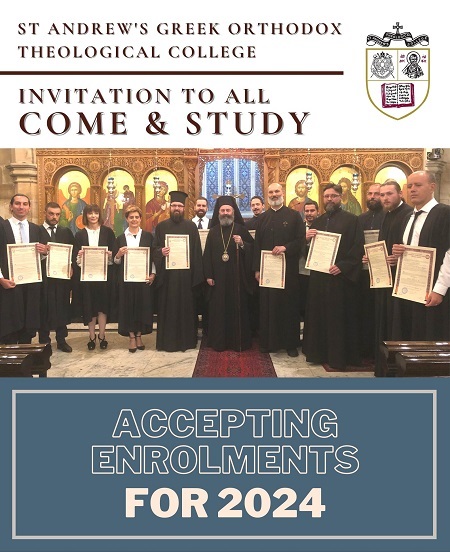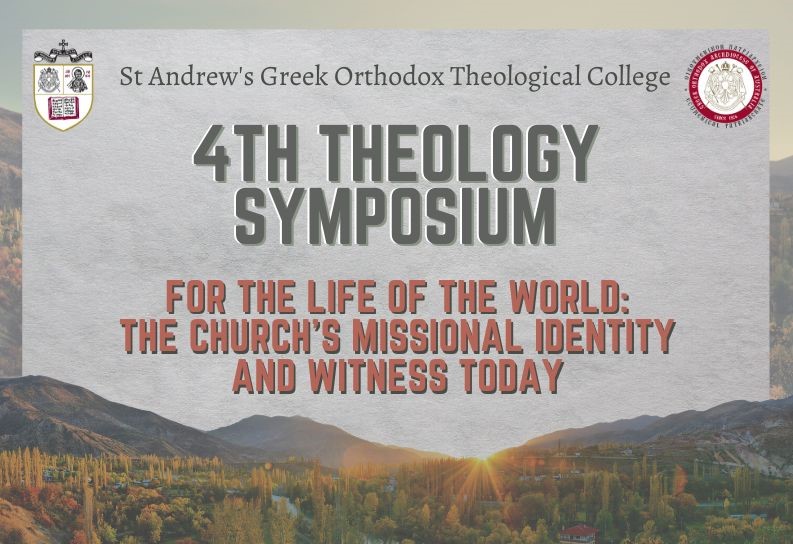- Home
- About us
- Students
- Courses
- Research
- Library
- News & Events
- Gallery
- Contact
- Our Blog
Latest News

Byzantine and Post-Byzantine Art and Architecture
H9631A
Unit Weighting
9 cps
Type of Unit
Specialised Graduate Unit
Prerequisites
H8530A Byzantine Studies
Academic Staff
Dr Mario Baghos, BTh (SCD 2009), BTh (Hons) (SCD 2010), PhD (Sydney 2015), Lecturer
Curriculum Objectives
This graduate course unit explores the historical and cultural development of Christian art and architecture both within the Byzantine context and beyond it, highlighting the relevance of iconography and church buildings for the Byzantines and for the contemporary ecclesial experience.
Learning Outcomes
At the end of this unit students will be able to:
- appraise the socio-political and cultural contexts of Byzantine and post-Byzantine art and architecture in its various manifestations.
- assess the emergence and development of a distinctly Christian form of art and architecture in in the Byzantine and post-Byzantine contexts.
- critically apply the findings of a study of primary sources to Byzantine and post-Byzantine art and Architecture.
- critically apply the findings of secondary studies sources to Byzantine and post-Byzantine art and Architecture.
- evaluate the key theological themes and symbolic motifs in Byzantine and post-Byzantine art and architecture.
Content
- The historical and cultural contexts of Christian architecture and iconography
- Ecclesial architecture in the Byzantine Empire
- Byzantine iconography: a diachronic analysis
- Post-Byzantine iconography: continuity and change
- Post-Byzantine architecture in the Balkans and beyond
- The significance of Byzantine iconography, symbols, and architecture for the contemporary ecclesial experience
Assessment Profile
- Critically engage with, interpret, and explain primary and secondary sources (e.g. reviews or summaries).
- Contextualise and assess key social, cultural, religious aspects and/or mentalities that impacted on or are reflected in Byzantine and post-Byzantine art and architecture (e.g. essay).
- Contextualise and interpret key themes reflected in Byzantine and post-Byzantine art and architecture (e.g. exam).
Schedule
3hr lecture per week on campus, or via distance education







.png)